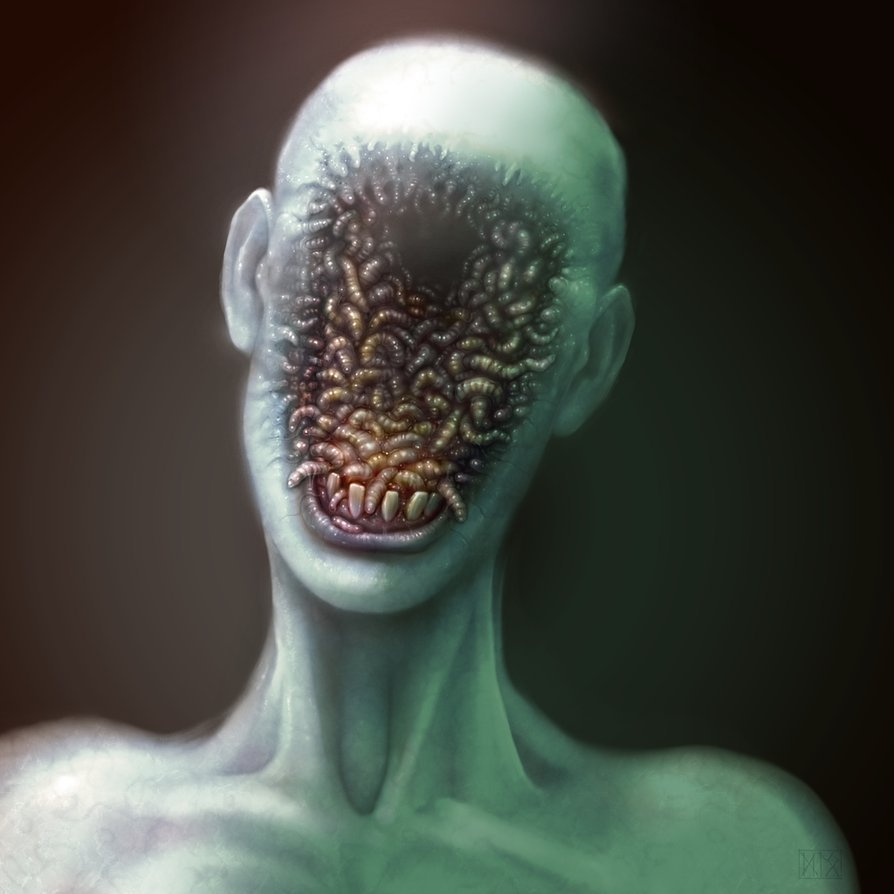
Australian scientists have found that judging the hideousness of human faces and other objects is associated with a fear of disease. To do this, they conducted a series of experiments, in which the participants were shown images of subjectively unattractive and attractive people, animals and buildings. Participants considered unattractive objects more disgusting and tried to avoid them more often. In addition, the participants also found less attractive photographs of objects that signal illness (such as a snapshot of a tapeworm) and caused disgust rather than fear or sadness. The article was published in the journal Social, Psychological & Personality Science.
The concept of the beauty of what surrounds a person is rather subjective: it depends on both cultural characteristics and personal preferences. The same goes for the polar opposite of beauty, that is, disgusting. With her, however, everything is much more obvious and objective: more often people find things that are very different from what they are used to seeing as terrible and terrible.
Of course, the judgment of disgust (as, indeed, of beauty) has certain biological prerequisites. Most often, researchers associate the emergence of a feeling of disgust for other objects and living things with a fear of pathogens: in other words, things may seem disgusting to a person because he sees them as a danger to his health.
Until now, this has mainly been predicted theoretically and tested on fairly small samples of people. Christoph Klebl of the University of Melbourne and his colleagues decided to conduct a larger study: 1552 people took part in just five of their experiments. Scientists decided to test whether unpleasant images would cause disgust in people - a common behavioral response that is associated with the activity of the immune system - and whether this emotion would be regulated by additional indication of pathogenicity.
In the first experiment, the participants were asked to rate 12 attractive and 12 unattractive faces (the photographs - the most unattractive and the most attractive - were taken from an open dataset): the scientists were asked to rate on a scale from 0 to 10 how unattractive the face seemed to the volunteers, as well as how much it provoked them disgust, sadness and fear.
As expected, pre-selected unattractive faces appeared to the participants more unattractive (p <0.001) and also caused them more disgust and fear (p <0.001). Then the scientists reproduced the results of the experiment with other participants, and also asked them how much they wanted to avoid meeting people in the photographs: they avoided meeting unattractive people who disgusted the volunteers more often (p <0.001).
In the second experiment, participants were asked to rate other objects. To do this, the scientists selected pictures of seven beautiful and ugly animals from different groups (for example, beautiful and ugly fish), as well as photographs of beautiful and ugly buildings - also from open datasets for research.
Ugly animals and ugly buildings were considered more disgusting by the participants (p <0.001), and they also caused more disgust in the participants: moreover, unattractive animals caused more negative emotions than ugly buildings.
In the third experiment, participants were shown images that were either disease-related or non-disease related, such as tapeworms or ordinary caterpillars, or an empty and crowded subway car. As in previous experiments, participants were asked to rate how disgusting, scary, and sad they perceived the images, and additionally, how unclean, unhealthy, and frightening they seemed to them.
As expected, the participants found the “pathogenic” photographs more disgusting, intimidating, unhealthy, and unclean than the control images (p <0.001). At the same time, the assessment of the disgusting images did not depend on other assessments: in other words, the images that signaled the participants about the danger to their health, seemed to them disgusting outside of other evoked emotions.
In the fourth experiment, the scientists reproduced the results of the third, but used additional images: along with disgusting "pathogenic" photographs, they also took sad and frightening ones (they were also taken from open datasets - based on estimates made by other people ; the researchers do not talk about examples). Again, the disgusting images associated with the disease seemed more unattractive to people than the frightening and sad ones (p <0.001).
The authors of the work concluded that a person's judgment about the disgustingness of human faces and other objects is actually related to whether he considers them to be dangerous to his health. Disgust, they suggest, may have some function, namely, to inform people that the object should be avoided whenever possible.
Trypophobia, the fear of clusters of small holes, is also explained by the fear of diseases: three years ago, scientists found that people suffering from this phobia actually feel more disgust than fear.
